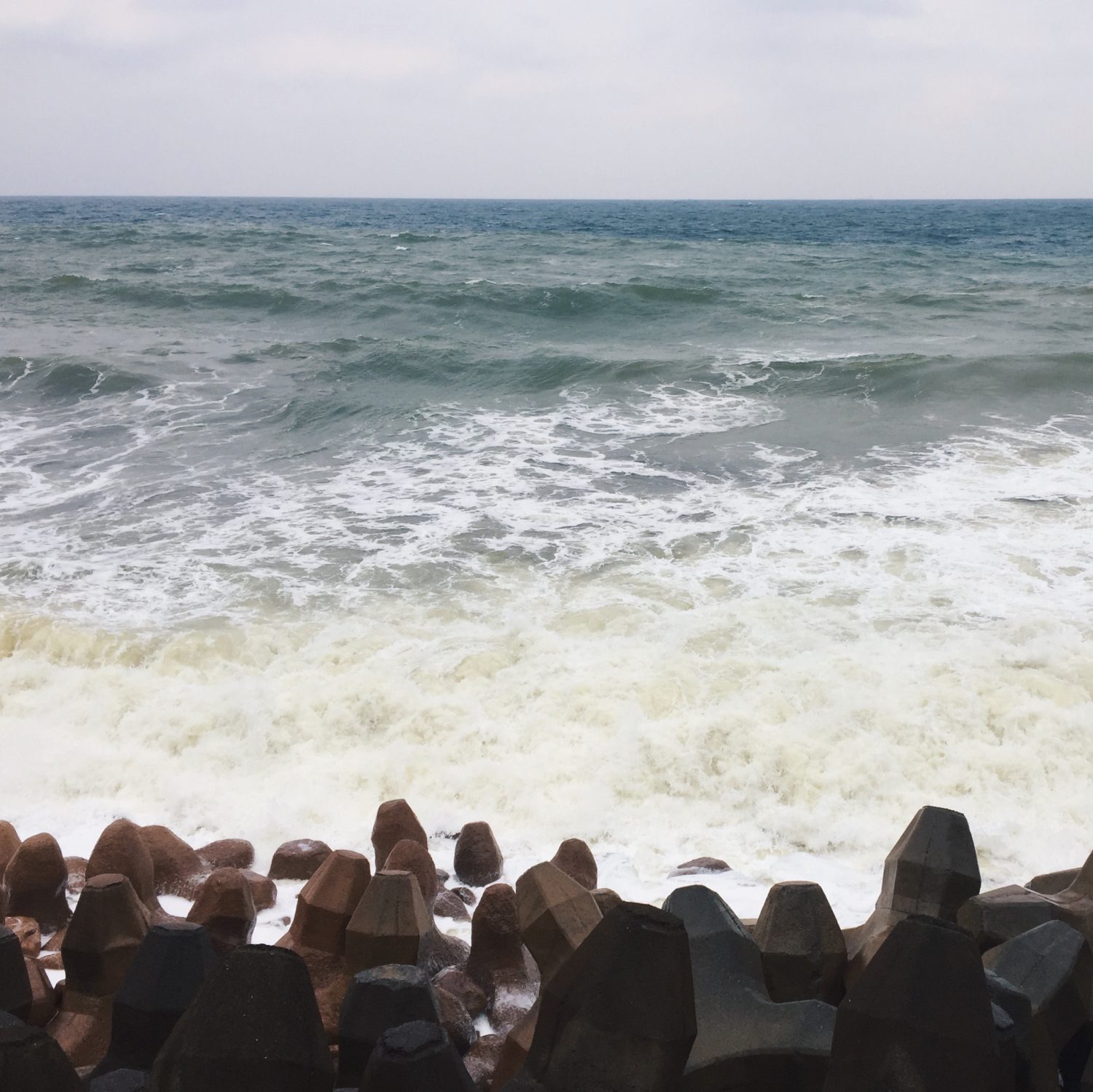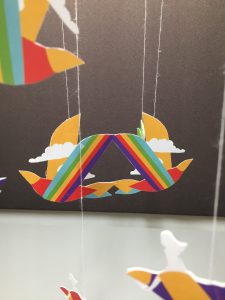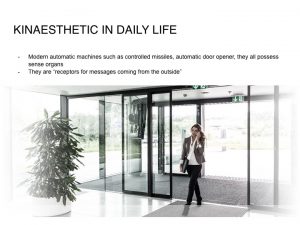Germany design has successfully established itself in the world throughout the years. When a product is labelled “Made in Germany”, it is proclaiming that it is of excellent quality and high practicality and aesthetical value. German design principles are largely influenced by the Deutscher Werkbund and the Bauhaus movement.

Arts & Crafts/Art Nouveau movement – focused heavily on decorative and ornamental elements
Deutscher Werkbund – striking a balance between aesthetic and functional value
Bauhaus – purely functional and lacks decorative elements
The Deutscher Werkbund (DWB) and Bauhaus movement can be considered as an expansion and response towards the Arts & Craft movement.
The Arts & Craft movement (1850-1915) emerged as reformers wanted to break away from “boring” and industrial designs. They came up with extremely intricate and decorative designs which meant that it would be challenging and expensive to mass produce them. In 1907, Deutscher Werkbund, an association of architects, designers and manufacturers was founded in Munich, Germany. DWB’s goals and designs were heavily influenced by Hermann Mathieus. Hermann Mathieus proposed to reform design by integrating traditional and decorative crafts (he wanted to revive Arts & Craft movement) with modern industrial production techniques. Initially, DWB’s functionalism and industrialism beliefs were met with criticisms by designers who feel that individual artistic creativity and aesthetic would be lost through standardized designs
However, they managed to debunk the mindset that industrial mass produced designs were ugly and monotonous. DWB came out with works that were highly functional and aesthetically pleasing at the same time. Some key works include :


Electric Kettle, 1909 by Peter Behrens
Unlike normal kettles which have a dome shape, this electric kettle by Peter Behrens has a octagonal shape which makes it look appealing. He was the first designer to immerse the heating element in the kettle itself which allowed electricity to be distributed throughout the kettle more effectively and reduced the possibility of fire hazards. The octagonal form was well-appreciated and inspired design like :

Moka Pot, 1933 by Alfonso Bialetti

Electric Fan, 1908 by Peter Behrens
This fan may look like an ornamental object at first glance but it actually designed to embody utility and functionality. Behrens designed the sturdy base and brass blades in a way that they could be mass-produced easily.

Weissenhof chair, 1927 by Ludwig Mies (DWB)

S33 Chair, 1927 by Mart Stam (Mart Stam was an artist from Bauhaus who was amazed by how thin metals could form up the shape of a bicycle and retain its strength and applied the same concept into designing his chair)
These type of chairs without four legs are known as cantilever chairs. The unique form of these chairs was made possible with technology and exploration of the material. Mart Stam was the first designer to come out with the design but Ludwig Mies made it look aesthetically pleasing but replacing the edges of the chair with curves. The curves also allowed the chair to take on more weight. It is pretty amazing how the form of the chair can be formed with just one continuous metal pole.
The Deutscher Werkbund was able to intertwine art and industrialism successfully. Art was made functional and practical.
In the year 1919, one of DWB’s member, Walter Gropius went on start up a new institution called Bauhaus which translates to a “building house”. During that period of time, Germany was recovering from the devastating WWI and Walter Gropius had the vision to create designs that were affordable to the mass public.
Walter Gropius always placed function before form. He believes that everything used to create an object should have a meaning to it and not for decorative purposes. One of his famous work was the Fagus Factory :

Fagus Factory, 1910 by Walter Gropius
Unlike typical factories which are made up of bricks and concrete, Fagus factory was mainly made up of glass and still stood firm and stable on the ground. The edges of the factory were also not supported by any columns. Groupius wanted to create a feeling of “openness” through his design to increase productivity. The large panels of windows allowed for increased daylight and fresh air which he believed would lead to greater efficiency and productivity.
His design philosophy influenced the Bauhaus School greatly. Bauhaus was also inspired by the Modernism and De Stijl design movements. Designers worked around geometrical shapes and linear lines and avoided curvilinear shapes and patterns. Bauhaus’ principle was Form follows Function, where the function and utility of the object was the primary focus and any form of decorations was secondary.
I feel that Bauhaus refined the design principles of the Deutscher Werkbund. Both design institutions emphasized strongly on the functionality of the products but Bauhaus took it to another level by restricting the form and rejecting decorative elements such that the form must follow function. Some key works include :

Wassily Chair, 1925 by Marcel Breuer
The form of this chair is taken from a club chair. Marcel Breuer successfully reduced a bulky club hair to just metal tubes and leather bands. Despite the minimal usage of materials, the comfort of the chair was not compromised. The leather bands allowed for flexibility.

Table Lamp, 1924 by Wilhelm Wagenfeld
This table lamp is also known as the Bauhaus Lamp as many consider this as an iconic Bauhaus work. It fulfilled as requirements of the Bauhaus movement, in terms of function, form and material. Every part of the lamp served a purpose and none was put together for ornamental purposes. The designer wanted to design a lamp that could be produced at low cost and efficiently.
In 1933, both the Deutscher Werkbund and Bauhaus institutions were forced to close down by the Nazis. The socialist ideas of providing utilitarian and good objects for the people were not aligned with how the Nazis governed the people. Even though these intuitions are not in function anymore, their design principle of “less is more” still lived on today.
References
Martinique, E. (2016, May 23). Timeless Examples of Bauhaus Design Still Relevant and Popular. Retrieved from https://www.widewalls.ch/bauhaus-design/.
Pascucci, D. (2018, October 24). AD Classics: Fagus Factory/Walter Gropius + Adolf Meyer. Retrieved from https://www.archdaily.com/612249/ad-classics-fagus-factory-walter-gropius-adolf-meyer
Knoll. (2018). MR Chair. Retrieved from https://www.knoll.com/product/mr-chair?section=design.
The Museum of Modern Art. (2018). Peter Behrens Fan. Retrieved from https://www.moma.org/collection/works/1603.
The Museum of Modern Art. (2018). Peter Behrens Electric Kettle. Retrieved from https://www.moma.org/collection/works/2190/
Deutscher Werkbund. (2018). Basic Information. Retrieved from http://www.deutscher-werkbund.de/wir-im-dwb/basic-information-in-english/









































